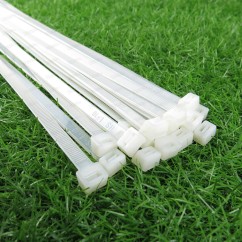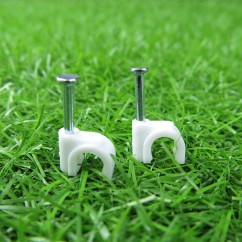Introduction:
In the labyrinth of electrical installations, where precision meets complexity, wiring ducts emerge as unsung heroes. These unassuming channels play a crucial role in organizing and protecting wires, ensuring a seamless flow of electricity. This article aims to demystify wiring ducts, shedding light on their materials, functions, and various types.
Understanding Wiring Ducts:
Wiring ducts, also known as cable ducts or wire channels, are designed to manage and protect wires and cables in electrical systems. They serve as organized pathways, safeguarding against potential damage, reducing clutter, and facilitating easy maintenance.
Materials Matter:
Wiring ducts come in an array of materials, each chosen for its unique properties:
- PVC (Polyvinyl Chloride):
- PVC wiring ducts are popular for their affordability and resistance to corrosion. They are lightweight, making them easy to install, and offer excellent insulation properties.
- Halogen-Free Material:
- For environments where fire safety is paramount, halogen-free wiring ducts are the go-to choice. These ducts release minimal smoke and toxic fumes in the event of a fire.
- Metallic Wiring Ducts:
- In industrial settings demanding robustness, metallic wiring ducts, often made from steel or aluminum, provide durability and effective electromagnetic shielding.
Functions of Wiring Ducts:
- Organization:
- The primary function of wiring ducts is to organize and route wires neatly. This not only enhances the aesthetics of an installation but also makes troubleshooting and maintenance more accessible.
- Protection:
- Wiring ducts shield wires from external elements, preventing abrasion, dust, and moisture from compromising the integrity of the electrical system.
- Heat Dissipation:
- Some wiring ducts are designed to dissipate heat effectively, ensuring that wires do not overheat, promoting the longevity of electrical components.
Types of Wiring Ducts:
- Solid Wall Wiring Ducts:
- Ideal for scenarios where maximum wire protection is essential, solid wall wiring ducts provide complete enclosure and are often used in industrial applications.
- Slotted Wiring Ducts:
- Featuring slots or fingers for easy wire access, slotted wiring ducts are versatile and suitable for installations where frequent modifications or additions to wiring are anticipated.
- Narrow Slot Wiring Ducts:
- Designed for high-density wiring applications, narrow slot wiring ducts offer a space-efficient solution while still providing effective wire organization.
Conclusion:
In the intricate dance of electrical installations, wiring ducts play a crucial role, ensuring harmony and order. By understanding the materials, functions, and types of wiring ducts, electricians can make informed choices, tailoring their installations for maximum efficiency and safety. Whether it’s the affordability of PVC, the fire safety of halogen-free materials, or the robustness of metallic ducts, the world of wiring ducts is diverse, offering solutions for every electrical challenge.

 Contact
Contact CN
CN

